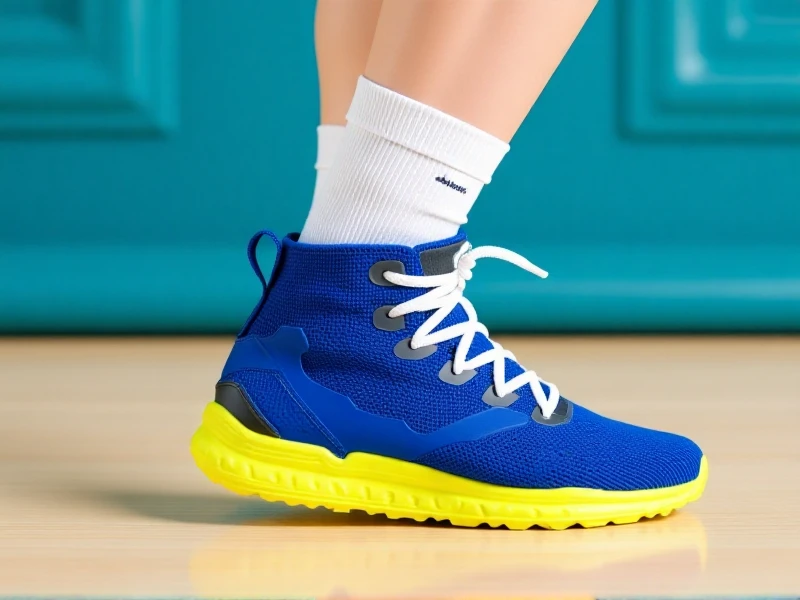
Finding the Perfect Pair: Your Ultimate Guide to Running Shoes
Running shoes are more than just footwear; they're essential gear that can make or break your workouts, prevent injuries, and boost your performance. With so many options on the market, choosing the right pair might feel overwhelming. I've spent years reviewing and testing running shoes, and I'll share key insights to help you make an informed decision.
First, let's cover the basics. Running shoes come in various types, each designed for specific needs. Cushioned models offer extra padding for shock absorption, ideal for long-distance runners or those with joint issues. Stability shoes provide arch support to correct overpronation, while motion-control variants are best for severe pronation. For runners focused on speed, lightweight racing shoes with responsive midsoles work wonders. Remember, your foot type matters – neutral, under, or overpronation – and I recommend visiting a specialty store for a gait analysis. Brands like Nike, Brooks, and Asics consistently deliver reliable options.
When shopping for running shoes, consider factors such as fit, terrain, and your current activity levels. Prioritize a snug heel but ample toe room to prevent blisters; try shoes on later in the day when feet swell slightly. For road running, opt for durable outsoles, while trail runners benefit from grippy soles and added protection. Rotate between pairs to extend their lifespan, and aim for replacements every 300-500 miles as cushioning wears down. Personally, I favor models with breathable uppers and reflective details for safety during low-light runs.
In conclusion, investing in quality running shoes elevates your experience, reducing fatigue and injury risks. Start by assessing your needs, test multiple styles, and don't hesitate to ask experts for advice. For more in-depth reviews and tips, visit our site – your journey to peak performance begins with the right gear!